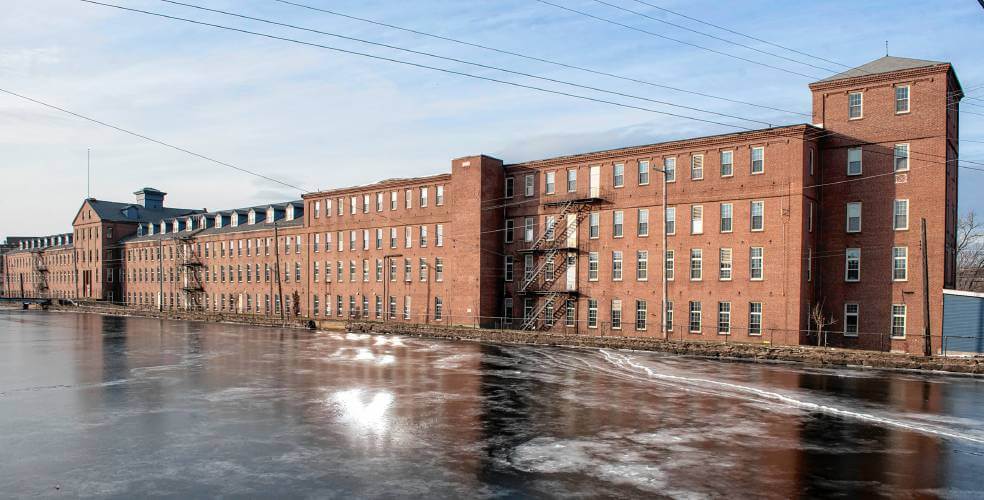The death of Lorna McMurrey, an employee at Trulieve’s Holyoke cannabis facility in Massachusetts, has raised significant concerns about worker safety in the burgeoning marijuana industry. McMurrey died after inhaling “ground cannabis dust,” according to the Occupational Safety and Health Administration (OSHA). Her family alleges negligence, recklessness, and misconduct on the part of Trulieve and the individuals responsible for maintaining the facility’s heating, ventilation, and air conditioning (HVAC) system.
Furthermore, the family claims that Lorna experienced a severe asthma attack two months before her death while working at Trulieve. They argue that the company was aware of this incident but failed to implement adequate protective measures. A report by the U.S. Centers for Disease Control and Prevention acknowledged that McMurrey’s death marks the first reported occupational asthma fatality within the cannabis industry, emphasizing missed opportunities for prevention.
Settlement with OSHA
In response to the tragedy, Trulieve settled with OSHA, ensuring a reduced fine but accepting responsibility for their role in the accident. However, the lawsuit filed by McMurrey’s family continues, targeting both the company and the contractors supervising the HVAC system. This raises essential questions about worker safety within the rapidly growing cannabis industry and draws attention to the need for proper regulations and protocols.
Occupational Hazards in the Cannabis Industry
While the cannabis industry expands and develops into a legitimate business sector, there remains a palpable need for appropriate workplace safety standards and comprehensive education for employers and employees alike. As it stands, many facilities lack proper safety gear, hazard communication programs, and emergency plans to protect their workers in the event of an accident or exposure.
Organizations Aim to Educate and Protect Workers
Awareness of occupational hazards inherent to the cannabis industry prompted the Cannabis Industry Health and Safety Task Force to take action. They aim to educate employers on best practices for maintaining safe workspaces and protecting employees from potential dangers.
Similarly, the National Institute for Occupational Safety and Health (NIOSH) has conducted research and identified specific risks faced by workers within the marijuana sector, such as chemical exposures and ergonomic concerns. With this information, NIOSH aims to offer guidance for implementing effective safety measures and fostering a culture of safety consciousness among cannabis businesses.
Learning From McMurrey’s Tragedy
As evidenced by the tragic death of Lorna McMurrey, the cannabis industry must treat worker safety with paramount importance. Companies should heed warnings from OSHA and other governing bodies to prevent future tragedies while proactively addressing any existing or potential hazards within their facilities. Additionally, cannabis corporations must invest in ongoing employee training and education regarding workplace safety issues.
Key Components of Workplace Safety Programs
Establishing comprehensive workplace safety protocols for cannabis businesses involves several integral elements:
- Hazard Communication: Employers must provide complete, readily accessible information about hazardous substances present at their properties, including Material Safety Data Sheets governing usage, storage, and disposal procedures.
- Personal Protective Equipment (PPE): Companies must supply necessary PPE, like respirators, goggles, and gloves, to minimize employee exposure to hazardous materials.
- Ergonomics: Appropriate workstations and equipment must be furnished to reduce the risk of musculoskeletal disorders.
- Emergency Plans: Firms should develop detailed response protocols in the event of a chemical spill, fire, or other workplace emergencies, conducting regular drills to ensure optimal preparedness.
McMurrey’s untimely death emphasizes businesses’ responsibility to protect their workers’ health and well-being. As the marijuana industry continues growing at an exponential rate, protecting employees from occupational hazards remains of utmost importance. By adopting robust safety measures and adhering to guidelines set forth by OSHA and NIOSH, cannabis companies can build safe working environments while guaranteeing productive, long-lasting enterprises.





